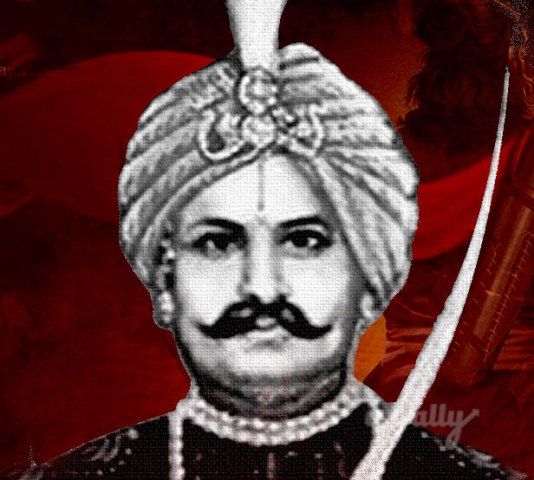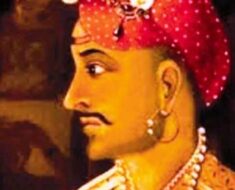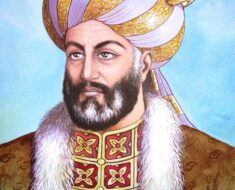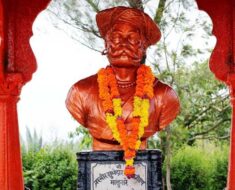Uyyalawada Narasimha Reddy, a name etched in Indian history, remains a symbol of resistance against British rule. His rebellion against the East India Company in 1846 stands as a testament to the spirit of freedom.
Wiki/Biography
Born in 1805 in Rupanagudi village, Kurnool, Andhra Pradesh, Narasimha Reddy was 42 years old at the time of his death. His father, Uyyalawada Peddamalla Reddy, was a powerful Polygar (a type of local chieftain). Narasimha Reddy’s family held significant influence in the region.
Family
Narasimha Reddy’s father was Uyyalawada Peddamalla Reddy. He had two older brothers. He married three women: Siddhamma, Peramma, and Obulamma. They bore him three sons – Dora Subbaiah and two others – and one daughter.
Story of Rebellion
The British East India Company’s Permanent Settlement of 1803 in the Madras Presidency drastically altered the agrarian system. Landlords were dispossessed, and village headmen lost their landholding rights and revenue collection privileges. Meagre pensions were offered as compensation, causing widespread resentment.
Narasimha Reddy, a military governor in Rayalaseema, refused to comply with the British land reforms and controlled 66 villages. He led a powerful rebellion involving approximately 5000 people.
His tactics involved strategic proxy warfare. On June 10, 1846, he attacked the Koilkuntla treasury and moved to Cumbum. He escalated his resistance by killing a British ranger, Rudraram. The British, alarmed by the uprising, offered a substantial reward – Rs. 5000 for information leading to his arrest and Rs. 10,000 for his head.
On July 23, 1846, Narasimha Reddy and his forces clashed with the British Army near Giddalur. The British, in response, captured his family in Kadapa to pressure him into surrender. To secure his family’s release, he retreated to the Nallamala Forest. The British intensified their search, forcing him to return to Koilkuntla.
Surrounded and outnumbered, Narasimha Reddy was arrested on October 6, 1846. Charged with murder and treason, he was sentenced to death. His public execution on February 22, 1847, served as a brutal warning against rebellion.
Many others were also implicated in the rebellion. Over 900 people faced charges, but after trials, many were released or had their sentences reduced.
Facts
Narasimha Reddy’s execution was witnessed by around 2000 people. The forts he built at Rupanagudi, Uyyalawada, Veldurthi, and Giddalur still stand as reminders of his legacy. A special postal cover was issued in 2017 to mark his 170th death anniversary.
His life story was immortalized in the 2019 Telugu film “Sye Raa Narasimha Reddy,” starring Chiranjeevi, Amitabh Bachchan, and other prominent actors.
| Event | Date | Significance |
|---|---|---|
| Birth | 1805 | Rupanagudi village, Kurnool |
| Koilkuntla Treasury Attack | June 10, 1846 | Beginning of major offensive |
| Giddalur Battle | July 23, 1846 | Major clash with British forces |
| Arrest | October 6, 1846 | Captured in Koilkuntla |
| Execution | February 22, 1847 | Public hanging in Koilkuntla |






